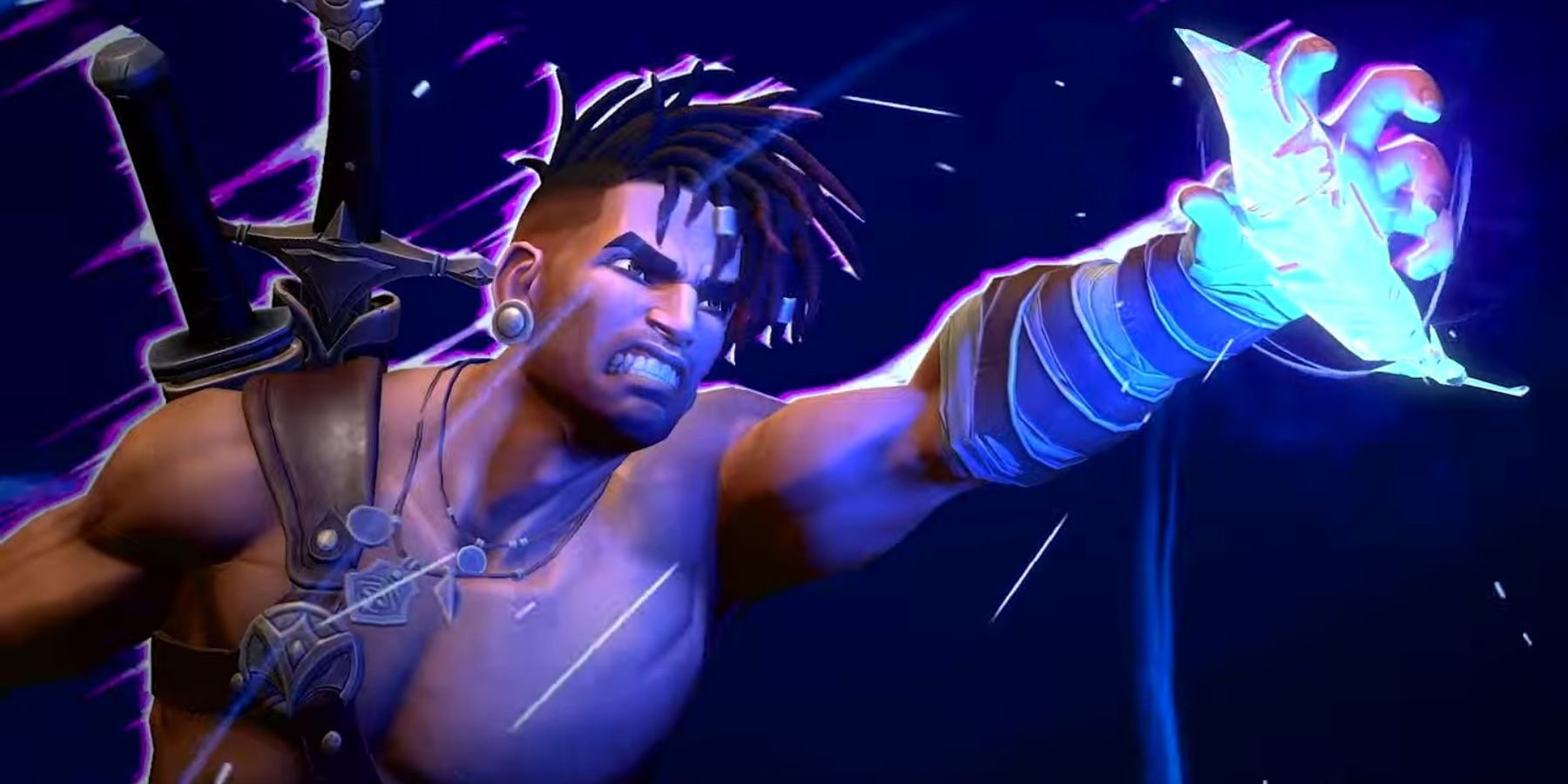In the dynamic world of video games, Ubisoft Montpellier’s latest release, “Prince of Persia: The Lost Crown,” has emerged as a trailblazer, challenging preconceived notions about the accessibility and difficulty of Metroidvania games. Levi Winslow’s comprehensive review on Kotaku delves deep into the game’s mechanics, narrative richness, and the careful balance it strikes between welcoming newcomers and challenging seasoned players.
A Challenging Journey
Winslow’s narrative begins with a personal revelation—a challenging platforming section that prompted him to explore the game’s accessibility features. This revelation becomes a crucial anchor as he unfolds the game’s intricate layers, emphasizing Ubisoft Montpellier’s commitment to making the experience enjoyable for a diverse audience.
The decision to include options allowing players to skip punishing platforming sections not only addresses accessibility concerns but also challenges the stereotypical difficulty associated with Metroidvanias. It’s a pivotal moment that sets the stage for the broader discussion on the game’s design philosophy.

Narrative Depth
The heart of any Metroidvania lies in its narrative, and “Prince of Persia: The Lost Crown” delivers on this front. Winslow provides insights into the captivating story, revolving around Sargon, a member of The Immortals, tasked with rescuing Prince Ghassan from the cursed city of Mount Qaf. Themes of ambition, duplicity, and sacrifice weave a tapestry of intrigue, betrayal, and emotional resonance throughout the game’s approximately 22-hour journey.
The slow start eventually evolves into a crescendo of revelations, leaving Winslow nearly moved to tears as the credits roll. This emotional investment in the storyline becomes a testament to the game’s impactful and sharp writing, a rarity in the world of action-adventure games.
Engaging Combat and Exploration
Winslow takes a moment to commend the combat system, specifically highlighting the diversity and challenge presented by the game’s bosses. The review emphasizes the interconnected levels, hidden secrets, and upgradeable gear as essential components of a rewarding exploration experience.
Ubisoft Montpellier’s strategic pacing of skill acquisition ensures that traversing Mount Qaf remains engaging and continuously rewarding. The game’s ability to seamlessly integrate new skills into the player’s arsenal contributes to the overall sense of accomplishment.

Stunning Environments
The visuals and environmental design of “Prince of Persia: The Lost Crown” receive well-deserved acclaim in Winslow’s review. The beautifully rendered biomes, accompanied by a parallax scrolling effect, provide a visually stunning backdrop for the unfolding narrative. The environmental details breathe life into the forgotten city of Mount Qaf, enhancing the player’s immersion in the game world.
The Eye of the Wanderer, acting as both a mini-map and a screenshot tool, is hailed as a stroke of genius. Winslow appreciates its dual functionality, offering convenience in navigation while also allowing players to capture and revisit the scenic beauty of the game.
Accessibility Features
Winslow delves into the review’s core, exploring the game’s thoughtful accessibility options. A guided mode, platforming assist, and customizable difficulty sliders provide players with a range of choices to tailor the experience to their preferences. The Eye of the Wanderer stands out as a groundbreaking addition, simplifying backtracking and setting a new standard for Metroidvania games.
In conclusion, Winslow reiterates that “Prince of Persia: The Lost Crown” is more than just an accessible Metroidvania—it’s a revolution. Ubisoft Montpellier has not only shattered preconceived notions about the genre but has also set a high bar for future Metroidvania titles. The game’s ability to balance accessibility without compromising the core essence of challenging gameplay leaves Winslow excited about the genre’s future.
